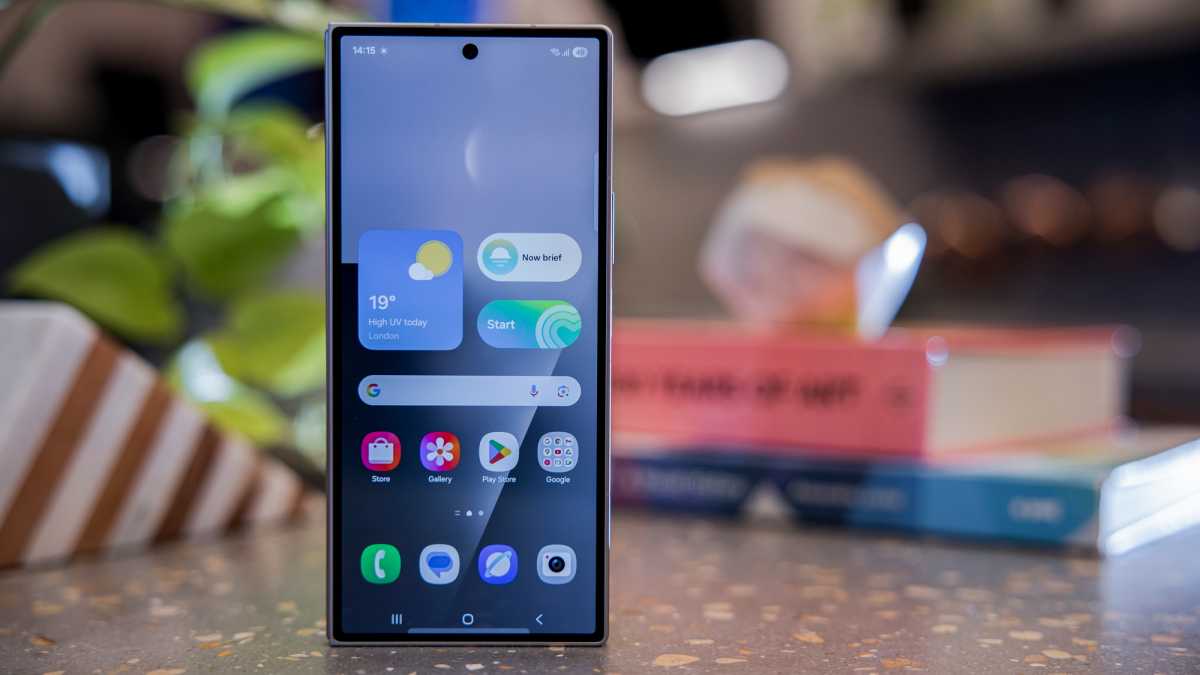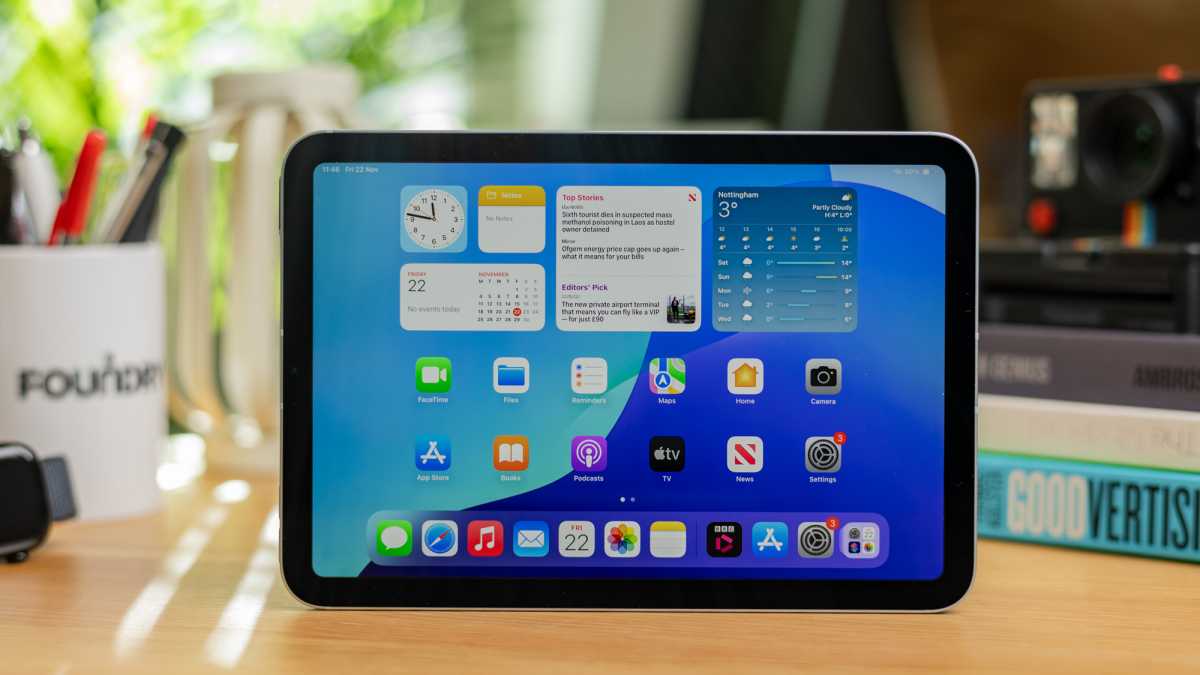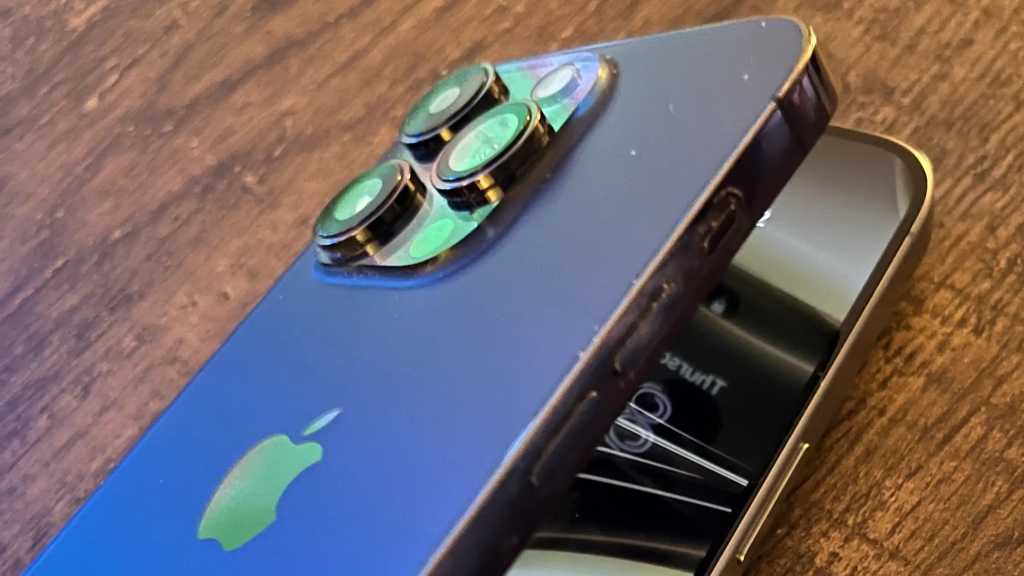A folding iPhone has been the dream of Apple enthusiasts for ages. But, after six years of resistance, it looks like the wait will soon be over.
According to Bloomberg’s Mark Gurman, a consistently reliable source of Apple news, the first foldable iPhone will be unveiled “at the end of next year”. It’s expected to take the form of an iPhone-sized cover display, which opens out to reveal a tablet screen reminiscent of a small iPad.
Sound familiar? Samsung offers a very similar proposition on its latest Galaxy Z Fold 7, while the likes of the Honor Magic V5 and Oppo Find N5 offer compelling alternatives that rival and even surpass it in the thinness stakes.
In 2025, the folding phone market has begun to mature, with devices that push the boundaries of engineering and design. Unlike with the original iPhone, iPad, Apple Watch and AirPods, Apple isn’t just fashionably late, it’s way behind the curve.
But surely Apple will come up with something different to help it surpass the competition? Unfortunately, it doesn’t look like it.
A Galaxy Z Fold 7 running iOS?
Until now, details of Apple’s foldable iPhone were limited to a range of patents and vague rumours.
But Gurman has now offered the first concrete information about the device, and it doesn’t make for exciting reading. Unlike Apple’s other first-gen products, the foldable iPhone supposedly won’t include a “radically new interface or transformative hardware”.
In fact, it could be very similar to the current Galaxy Z Fold 7, with a “similar design” and “many of the same core components” expected. Its flexible OLED display will supposedly even be made by Samsung Display, a sub-brand of the main company.
Dominik Tomaszewski / Foundry
So far, so boring. The foldable iPhone is unlikely to offer anything we haven’t seen before, aside from an Apple logo slapped on the back. However, I still think it could have the upper hand in an increasingly competitive market.
Why I’m still excited for the foldable iPhone
If Apple is copying Samsung when it comes to the foldable iPhone’s hardware, it’s onto a good thing. The Galaxy Z Fold 7 is an impressive feat of engineering, seamlessly fusing two displays into one device without sacrificing thinness or weight.

Dominik Tomaszewski / Foundry
As our full review shows, Samsung has almost mastered book-style foldable design, so there’s no reason for Apple to do anything radically different. Gurman suggests the foldable iPhone could make the crease less visible and improve the hinge mechanism, but these improvements are likely to be minor.
However, there’s one area that Samsung and all its Android foldable rivals can’t match: iPadOS. The software experience on the iPad is something no other tablet can match, with an enviable range of apps that are specifically designed for the larger display.

Dominik Tomaszewski / Foundry
This bodes very well for the internal experience on the foldable iPhone. It’s likely to be a similar size to the iPad Mini, so it wouldn’t require much extra work from third-party developers to get their apps optimised.
Given how similar iOS (which runs on the iPhone) and iPadOS are, the transition between the cover and internal displays on a foldable iPhone should be seamless. Gurman says that Apple will “prioritize software features tailored specifically to this new form factor” in iOS 27, the next major version.
Could that make the foldable iPhone the most popular folding phone to date? As Gurman suggests, there are plenty of die-hard Apple fans who are keen to buy a foldable but unwilling to switch to Android to do so.
Even if the first-gen foldable iPhone isn’t perfect, it could tempt a lot of people to make the switch and out-sell Samsung at its own game right off the bat.
A sting in the tale
Book-style foldables are complex, advanced devices, and they’re priced to reflect that.
Sadly, it doesn’t look like that’ll change on the foldable iPhone, which Gurman says that it’s “expected to cost at least $2,000”. If true, that’d be right in line with the Galaxy Z Fold 7 (from £1,799/$1,999), but significantly more expensive than the Pixel 9 Pro Fold (from £1,749/$1,799).
I’m excited to see what Apple brings to the folding phone market, but at that price, I can’t see how it’ll become a mainstream product.


